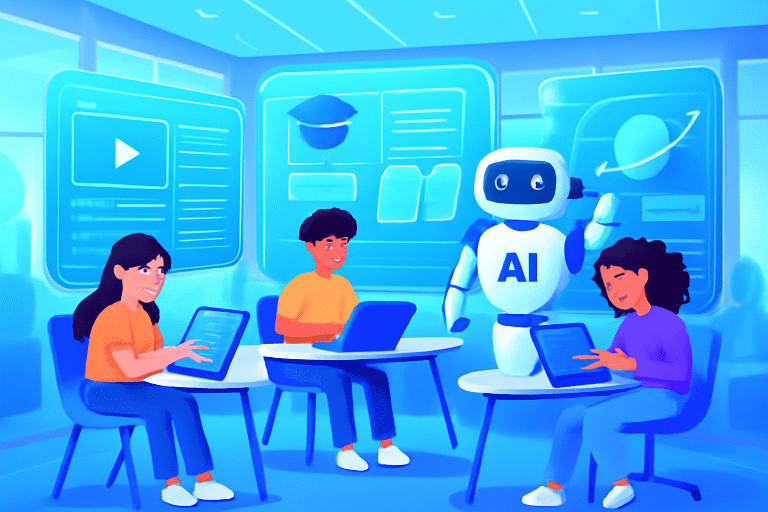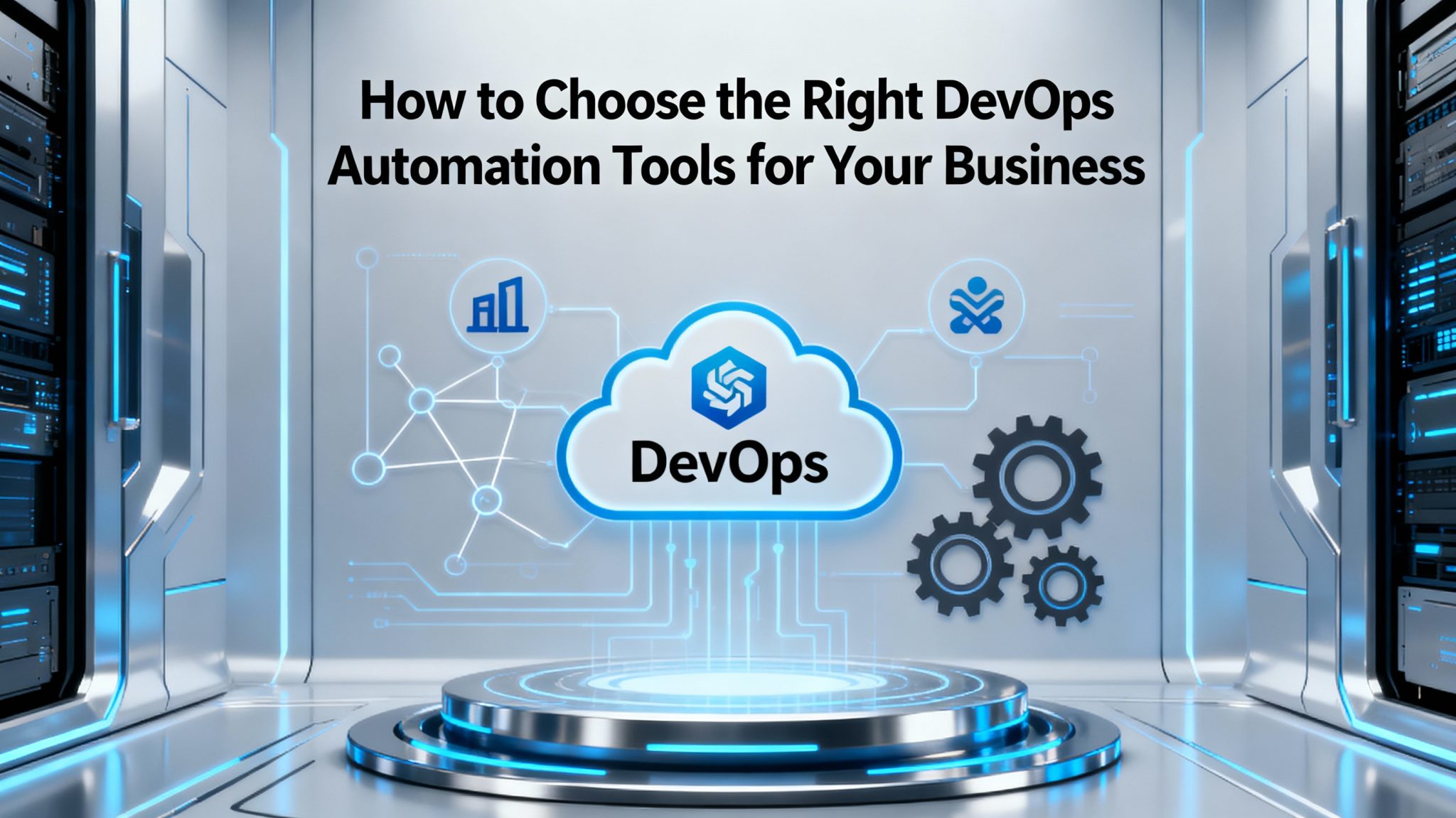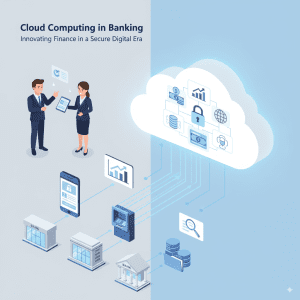Introduction
In the last decade, technology has reshaped education in ways we could have never imagined. From AI-driven learning platforms to immersive virtual classrooms, the shift is not just about digitization—it’s about redefining how knowledge is delivered, accessed, and experienced.
For CEOs in the education sector, understanding this transformation is more than a competitive advantage—it’s a necessity. In this guide, we’ll explore how technology is impacting education, the opportunities it creates, and how leadership can leverage it for long-term success.
1. The Evolution of Education Technology
The journey from chalkboards to smartboards and from physical libraries to cloud-based learning has been rapid. Platforms now integrate AI, data analytics, and interactive tools to create personalized learning experiences.
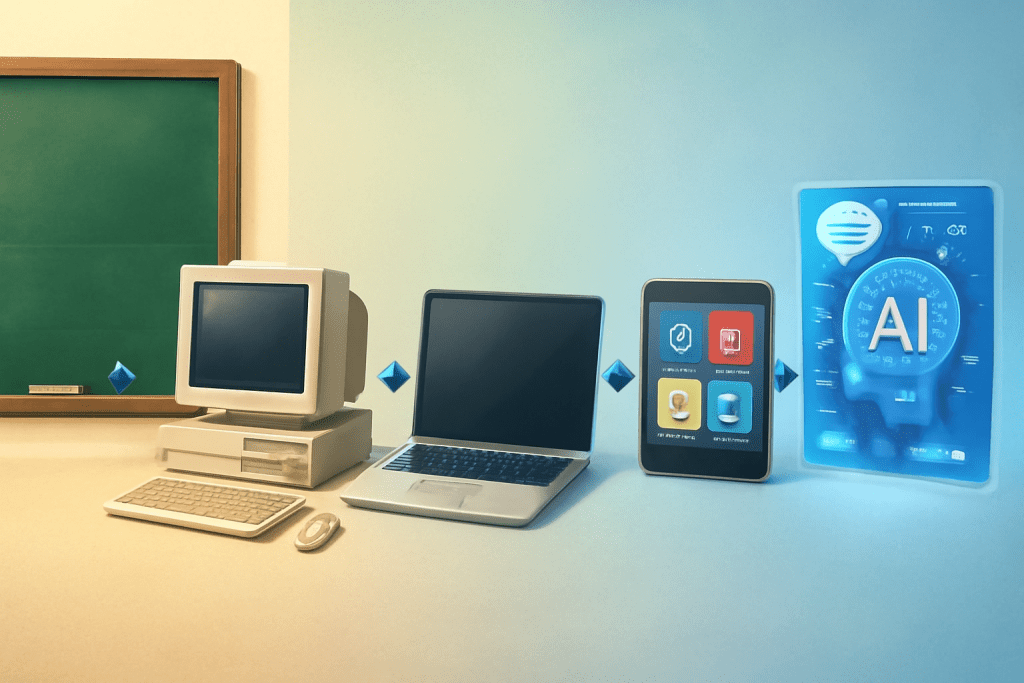
For a deep dive into AI’s role in modern industries, check out this AI insights page which outlines how artificial intelligence is driving smarter decision-making.
2. The CEO’s Role in EdTech Transformation
CEOs must do more than approve tech budgets—they must champion innovation. This includes:

-
Encouraging data-driven decision-making for student success.
-
Partnering with technology service providers to build scalable solutions.
-
Ensuring accessibility and inclusivity in all learning platforms.
If you’re looking to collaborate with experts in technology services, visit the partner page to explore strategic alliances.
3. Core Technologies Shaping Education
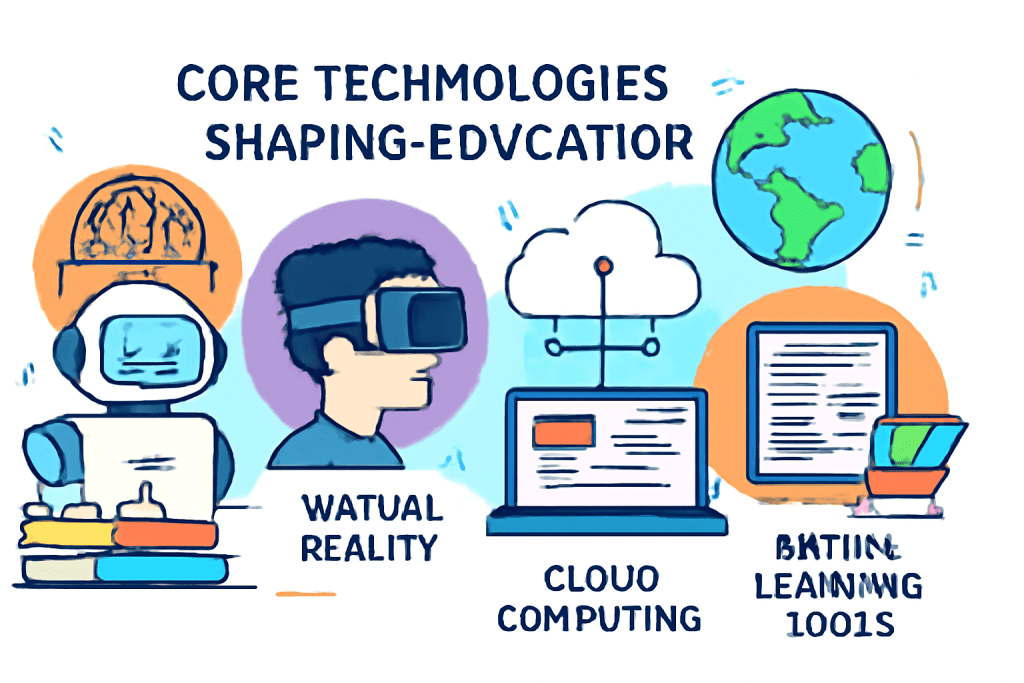
Here are the key technologies making waves in education today:
a) Artificial Intelligence (AI)
From grading automation to personalized learning recommendations, AI is making classrooms more adaptive.
Learn more about AI’s broader applications here.
b) Web Development & Interactive Learning Platforms
Modern education relies on engaging, responsive web platforms. CEOs can leverage services like web development solutions to create seamless online learning experiences.
c) E-commerce for Education
Selling courses, eBooks, and digital training materials online is now easier than ever. The eCommerce industry page shows how digital sales platforms can be integrated with education systems.
4. Strategic Benefits of Technology in Education
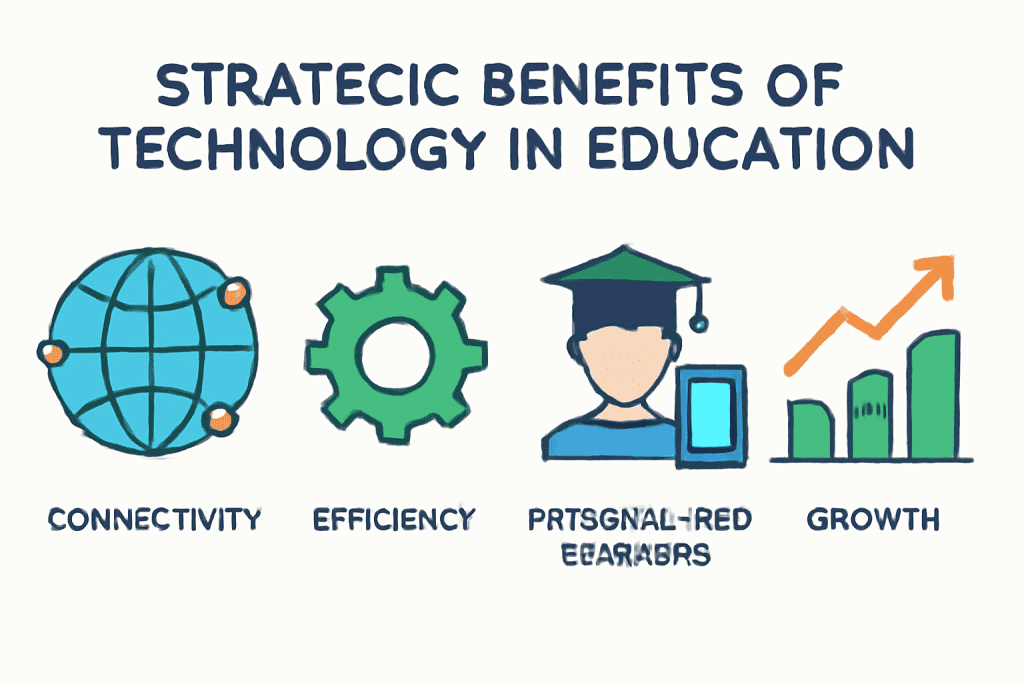
-
Global Reach: Students from any part of the world can access your programs.
-
Personalized Learning: Adaptive content tailored to each learner.
-
Operational Efficiency: Reduced administrative costs through automation.
-
Data Insights: Better tracking of student performance and engagement.
For more about our vision and mission in transforming industries through technology, visit our about page.
5. Preparing for the Future of Education
The future is AI-powered, mobile-first, and highly interactive. CEOs should focus on:
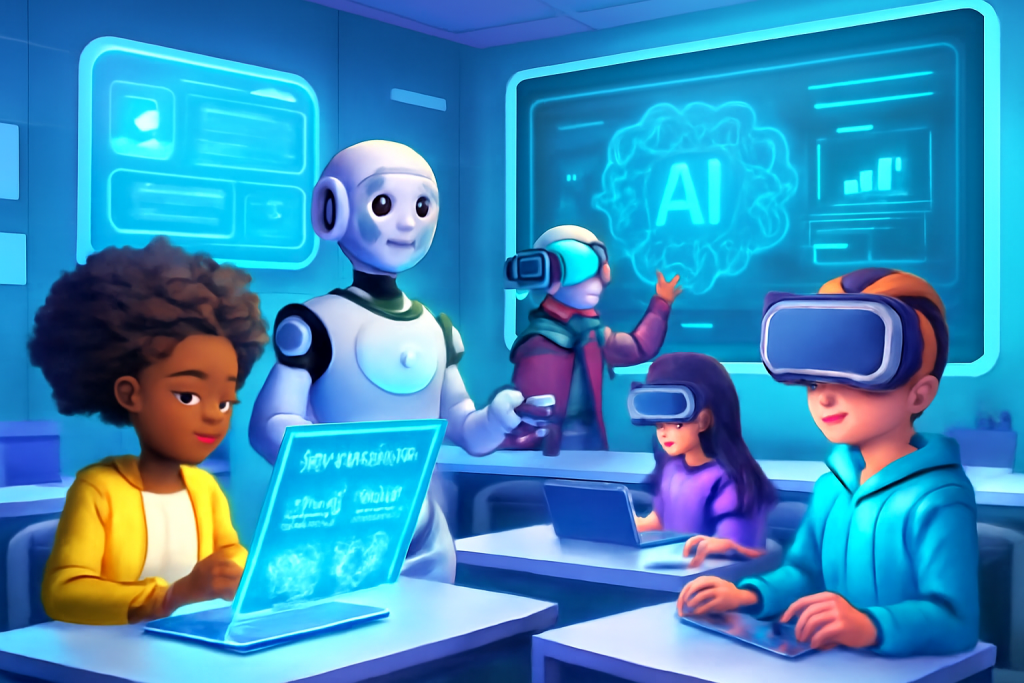
-
Investing in scalable tech infrastructure.
-
Partnering with innovative service providers (explore services).
-
Fostering a culture of continuous learning in their organizations.
Final Thoughts
The impact of technology on education is undeniable. For CEOs, it’s not just about keeping up—it’s about leading the change. By embracing AI, web technologies, and innovative business models, leaders can ensure their institutions remain relevant, competitive, and impactful.

To explore more about how technology can transform your business, visit TechOTD’s main website and discover solutions tailored for your needs.
